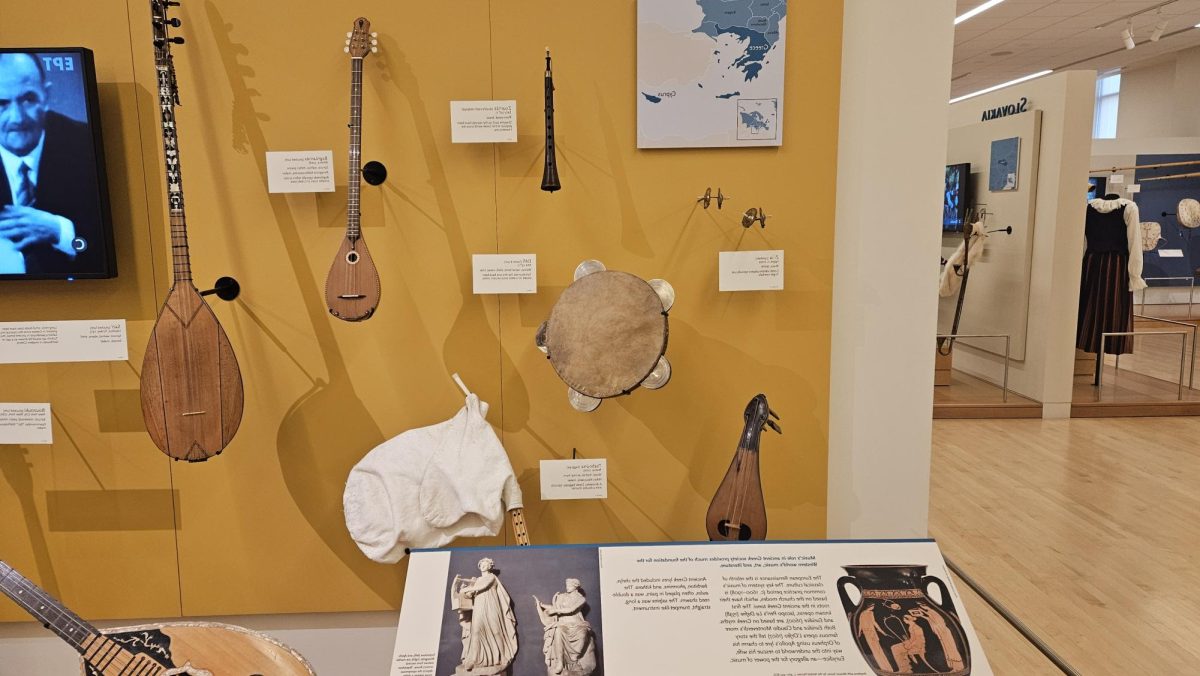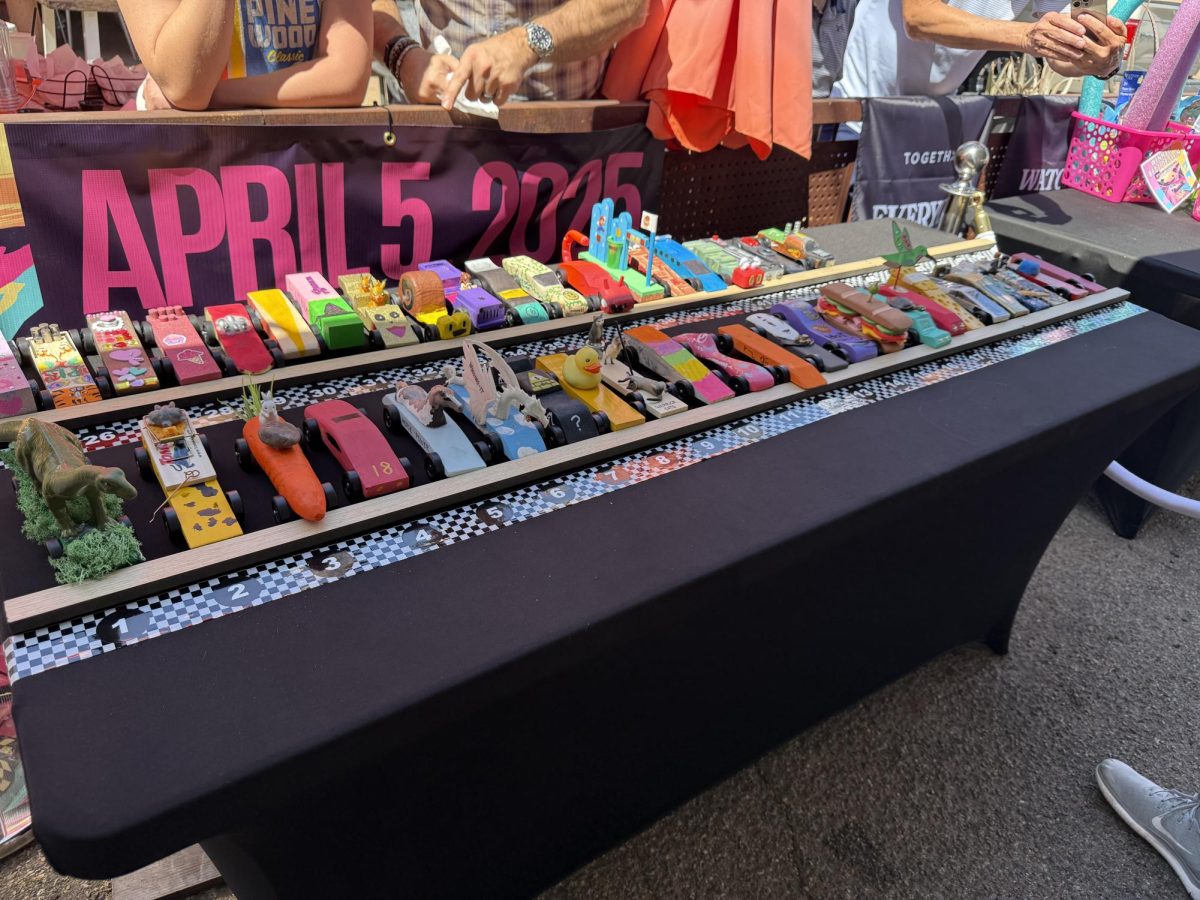“In the 1950s,” recalls longtime resident and historic preservation advocate Jim McPherson, “there were only 100,000 people in Phoenix and we had relatively few buildings, with most structures dating back to the territorial period or earlier,” McPherson said.
As the city’s population expanded rapidly in the post-World War II boom, there was a surge in new construction, with many of these buildings designed in the popular mid-century modern style.
By the 1970s, Phoenix’s population surged past half a million, triggering waves of downtown redevelopment efforts, which erased early 20th-century hotels and theaters.
In the 2000’s, another wave took out the Madison and St. James hotels. McPherson and a dedicated group of fellow Phoenix preservationists recognized the urgent need to protect the structures that give the city its unique identity.
“With our relatively limited architectural legacy,” McPherson said, “it makes protecting what remains even more vital.”
His passion for historic preservation began early in his Ohio youth where he showed a passion for history and writing. After he relocated to Phoenix in 1991, McPherson became a key player in the Downtown Voices Coalition, a grassroots organization dedicated to shaping the future of the city’s core.
One of the most significant battles historic preservationists like McPherson faced was in the mid-2000’s over the Sun Mercantile Building—an historic structure in downtown Phoenix.
The building faced demolition to make way for a 200 million “W” hotel and condominium project. McPherson and his allies rallied against the development, citing the building’s cultural and architectural significance.
“It’s the last remaining building in the second old Chinatown,” McPherson said. “It was a strong rallying cry for Phoenix’s Asian-American community between 1890 and 1960. When the Arizona Asian American Association got involved, they brought hundreds of people into the various city council meetings that were held on this issue.”
The fight for the Sun Mercantile Building was arduous and highlighted a key challenge for preservationists: balancing progress with preserving the past.
“It’s about two steps forward, one step back,” McPherson said, acknowledging the tension between progress and preservation.
With overwhelming support from the Asian-American community, the group hired an attorney, exposing flaws in the city’s process, which ultimately saved the building. It also set a precedent for holding city officials accountable for fair and transparent decision-making going forward.
Beyond individual projects, McPherson and other historic preservation advocates have been instrumental in shaping policies that encourage historic preservation.
McPherson remains a leading voice in Phoenix’s preservation community, working to raise awareness of the city’s architectural legacy and the importance of protecting it.
He encourages anyone interested in getting involved to reach out to the Arizona Preservation Foundation, a valuable resource for preservationists across the state.




















